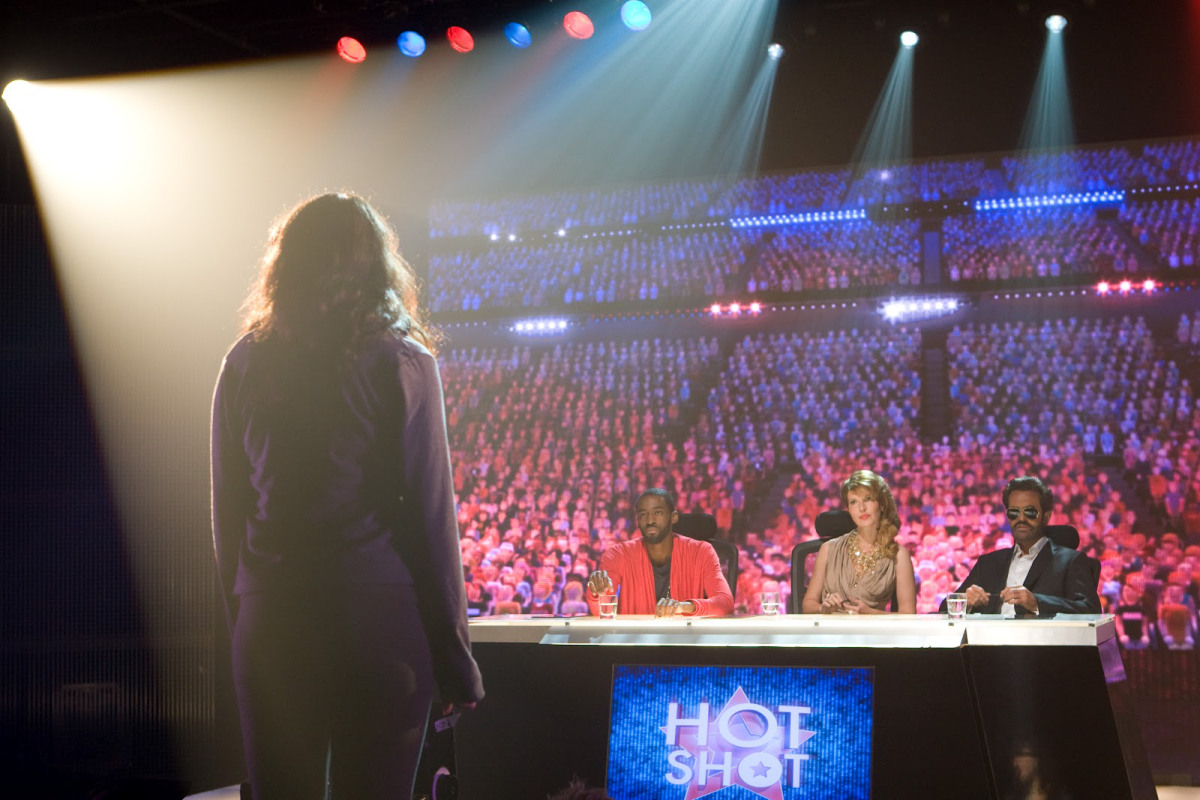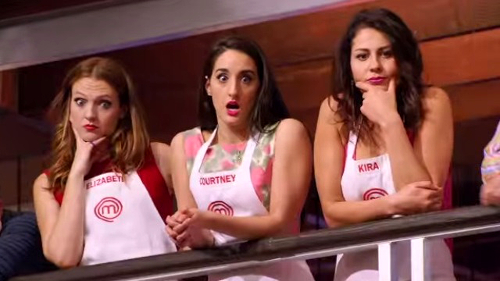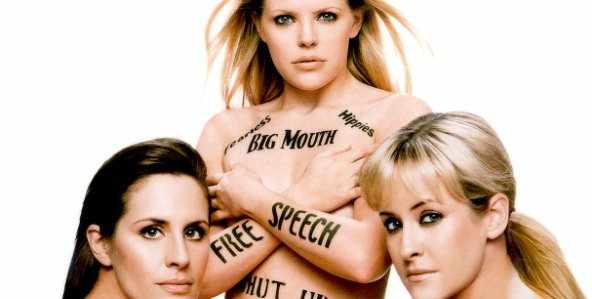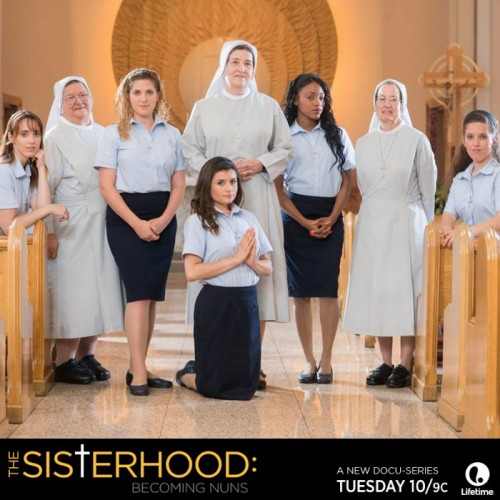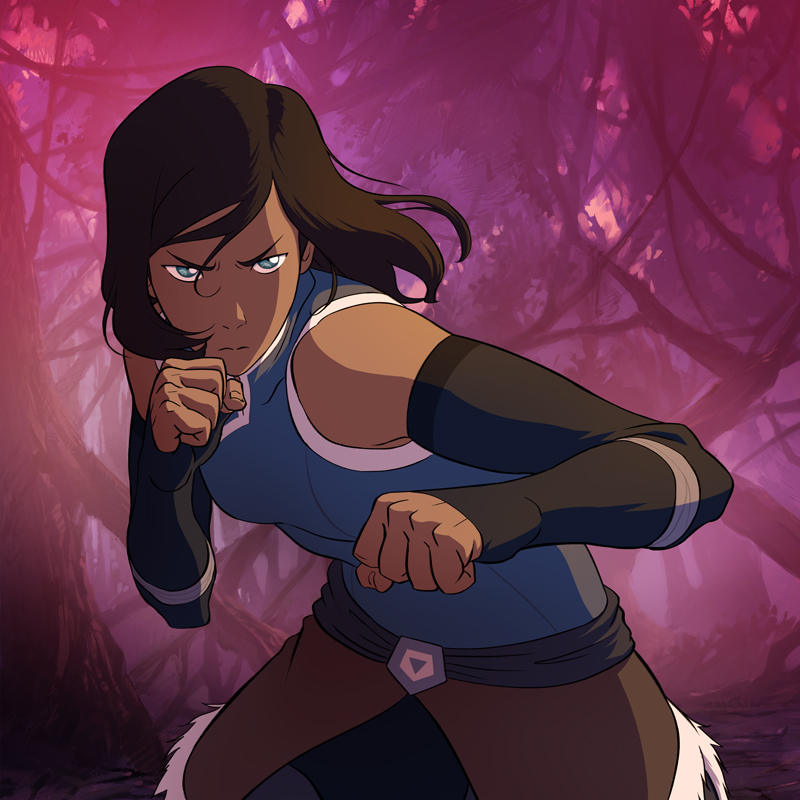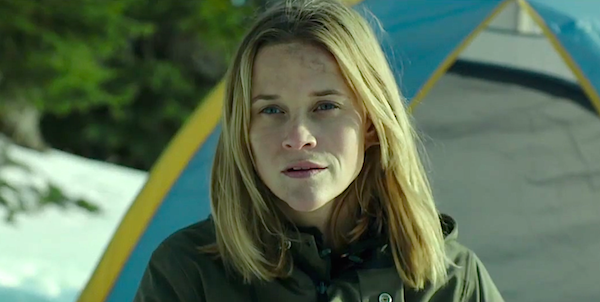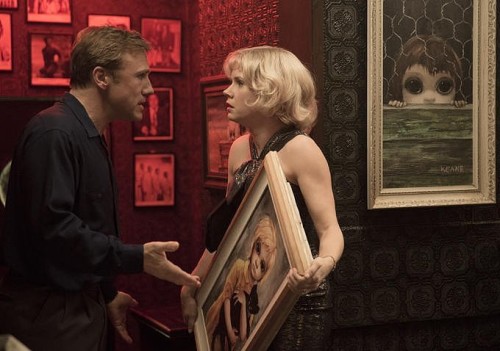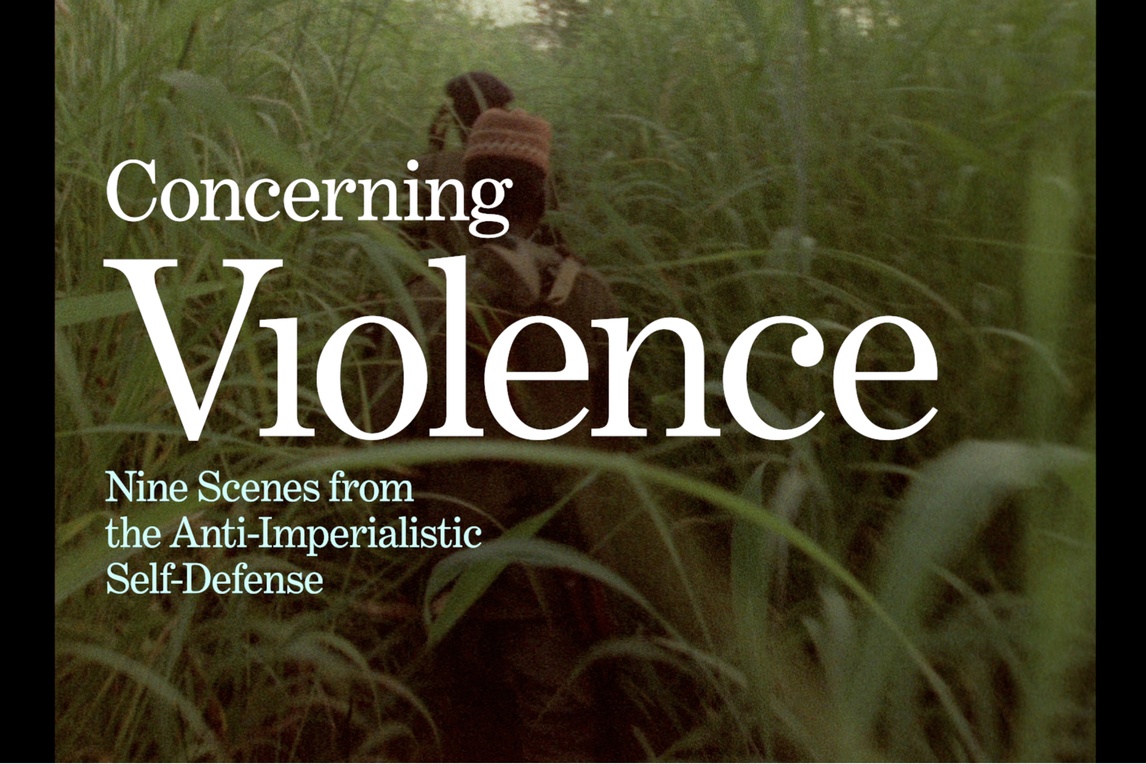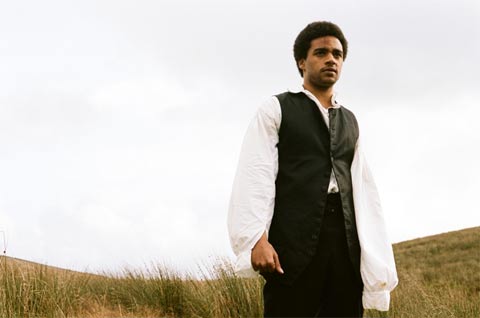Written by Elizabeth Kiy as part of our theme week on Reality TV.
I’ll just say it: reality TV scares me. It has so much potential to affect the way we live and look at ourselves by showing us how other people live. It can chip away at our idea of strong womanhood by highlighting the successes only of the beautiful, compliant and willing to backstab. We all know the “reality” shown is rarely real, but highly edited: lines are slipped into different contexts and complex people are ironed out into characters to love or hate with no in between.
For me, the idea of what reality TV can do is rife with potential for perfect horror stories. Here are some interesting ones.
Starry Eyes
The recent horror movie, Starry Eyes, focuses on Sarah (Alex Essoe), a wanna-be-actress stuck working at a humiliating Hooters-style restaurant while she runs between auditions. It’s a typical Hollywood story, but Sarah’s difference is clear in her desire for fame and adoration rather than a love of her craft. She’s vain and spends large amounts of time gazing at herself in her bedroom mirror, framed by pictures of classic actresses renowned for their beauty and presence. She has a clear idea of who she wants to be and what she deserves. She is sure little-seen indie films and working a day job are both beneath her.

The film is set up deceptively. At first, Sarah is the figurative, yet all too familiar monster, as she’s a young woman willing to do anything for success. She’s an ideal reality star — desperate, pretty and as the saying goes, “not here to make friends.” What’s more, she has frequent fits of self-hatred when she does a poor job at an audition, where she beats herself, screams like an animal and rips out her own hair. These fits initially fascinate the producers in Sarah’s auditions. They hate her by-the-book performance of the script. But like casting agents for a reality show, they are drawn to her as the character of herself, as participants are frequently cast in reality TV based on how much drama they will create or their interesting personal stories.

We believe the question of how far Sarah will go for success is limited to whether or not she will participate in casting couch activities, when an older producer tells her he will give her the part if she performs oral sex on him. She struggles with the decision before eventually agreeing.
But the film is not even really about this decision. It is slowly revealed that the producers are part of an Illuminati-like group that want to use her for some kind of ritual. As she agrees to follow their demands, her body physically deteriorates and she slowly transforms into a grotesque creature, losing her hair and vomiting up bugs. She also becomes increasingly isolated and cut off from her friends, until she begins to murder them.

And all through it, an elite group of devil worshipers are pulling the strings and watching Sarah from the shadows as if she is their entertainment. She is their spectacle, becoming a ravenous mutated creature, one who can achieve fame and stand among the idols that frame her mirror.
Black Mirror:
Black Mirror is a British TV series that is a sort of modern day update to The Twilight Zone that focuses on our use of technology. Drawing on the idea of our dependence on our screens (TV, phones, and computers) as a dark mirror reflecting our lives, it delivers engrossing anthology tales, taking on large-scale government crises and conspiracies as well as small scale domestic dramas and love stories.
Naturally, several episodes were reality TV adjacent, particularly “15 Million Merits” in the first season, and “White Bear” in the second.

“15 Million Merits” is set in a dystopic future where people are forced to spend everyday riding exercise bikes and playing video games to earn credits to buy the things they need to live. Each person is confined either to their room or to the exercise room where they work and is discouraged from interacting with other people outside of their video game avatars. Unless, they have enough credits to skip them, they have to spend even their free time watching advertisements and watching mandated programs. The only road to live a better life is to win an American Idol-like singing competition called Hot Shot. Unfortunately it costs the titular 15 million merits to even enter.
Bing (Daniel Klaus) is a young man who hates this world enough to complain but not enough to do something about it. He lives a quiet, unassuming life, riding his bike and hoarding his credits, until he meets Abi (Jessica Brown Findlay) and immediately falls in love with her and her singing voice. Bing believes in her talent and buys her an entry on Hot Shot, sure that she will win and get to be happy, even if it is far away from him.

Instead, Abi is drugged with a drink called “compliance” and taunted by the aggressive judges and viewers into agreeing to become a porn star. Quickly, Bing becomes disturbingly possessive of Abi and is ashamed of her for taking the offer. He is repulsed and to make it worse, is forced to watch clips of Abi’s performances over and over again.
Through their avatars, viewers voice their approval and disapproval for Abi’s performance and their commands of what they’d like Abi to do. In their frenzies, they display a mob mentality, voicing violent and disturbing fantasies and dehumanizing her.
As an image from a Hot Shot commercial suggests, the events of the episode force Abi and Bing to answer the question, “How low would you go for fame and fortune.” It’s a common question we hear on reality TV.
In the episode “White Bear,” a woman named Toni (Lenora Crichlow) wakes up alone in a house with no memory of what has happened to her. When she approaches any of the people outside, they just ignore her and try to take pictures of her and record her on their phones. Soon, people wearing masks appear and begin chase her through town, trying to kill her.

The end twist is probably as Twilight Zone-esque as the show ever gets. Toni is a child murderer and this is a “Justice Park” created to punish her.
The episode brings up similar ideas about the mob mentality in reality TV as “15 Million Merits,” as well as our fascination with violence and humiliation. “White Bear” asks us to think about our bloodlust and the enjoyment we derive from seeing people scared or in pain on reality TV.
______________________________________________________________________________________
Elizabeth Kiy is a Canadian writer and journalist living in Toronto, Ontario.
